Apple's acquisition of tweet analytics firm Topsy is suggested to have all kinds of potential applications for the company, but in particular indicates both its closer embrace of social networking and its need for tools to glean meaningful value from the increasing mountains of data available to it.
Various industry observers have weighed in with opinions on exactly what interested Apple in Topsy. Daisuke Wakabayashi of the Wall Street Journal cited analysts' immediate reactions to news of the purchase as likely being an effort to enhance recommendations in the iTunes Store, the relevancy of iAds, and a way to bolster the usefulness of Siri.
Like most of Apple's previous acquisitions, Topsy was beyond an early prototype stage, already experienced in selling a product to clients. Topsy's product provided deep analytics on Twitter's current and archived stream of tweets. Were Apple only interested in harvesting useful trends from Twitter, it could have simply partnered with Topsy as a client.
Acquiring the goose for gold eggs
Apple typically buys companies that can offer an immediate feature, service or enhancement to its hardware customers. Recent "acqui-feature" examples include iAd, Touch ID, iTunes Radio and various components of Maps.
On the other hand, Apple hasn't acquired a variety of companies that simply provide it with a particular service that it could access without owning them. This includes component makers and partners like Foxconn or Yahoo.
For example, Apple didn't purchase GT Advanced Technologies; it simply signed a contract that fronted the firm working capital to obtain exclusive production.
Apple's desire to own Topsy therefore suggests that the company wants more than just the Twitter analytics Topsy had been offering to anyone with money. There was no real sense of exclusivity offered by Topsy, as it was mining the same Twitter data available to other companies using similar tools.
Platform social integration
There are two obvious places where Apple could make use of Topsy as a product feature. The first is social media integration into Apple's iOS and OS X platforms. So far, Apple's social media integration features have simply involved contact syncing, status update posting and photo, video or link sharing.
By owning Topsy outright, Apple can integrate customized, direct access to trends from Twitter for its users. Tapping into the live Twitterverse from a specialized client app could enable iOS and Mac users to research sentiment, evaluate a product or business reputation and track location-specific trends and popular interest intensity.
Such a "social media browser" would parallel Apple' development of its own Safari web browser, iMessage chat service, Maps and FaceTime apps as custom tools for research, discovery and interaction via the Internet. Like Siri, or combined with Siri, such a social browser could replace generic Google searches for a variety of tasks.
Given that Twitter's #music app hasn't fared much better than Apple's Ping, it might make sense for Apple to use Topsy to build its own, integrated trending content service into iTunes, making Genius recommendations based on location and relationships gleaned from the communal aggregate of Twitter's expressions.
Apple could also provide social analytics APIs to third party developers, enabling them to query Twitter from their apps in an advanced new level of social integration offered as an exclusive, differentiating feature of iOS devices and Macs.
This would follow the model of other "enabling technologies" Apple has launched, sometimes with obvious applications (like AirPlay, Siri or Maps), some supporting novel uses invented by third parties (like iPhone 4's gyroscope) and some with broad applications still waiting to be fully exploited (such as face detection or Bluetooth LE iBeacons).
The more Apple improves iOS and OS X as platforms, the longer it will be able to leverage a rich ecosystem that attracts and retains both users and developers, a feature key in supporting Apple's hardware sales.
Apple's reputation for social sideline sitting
Initial reports on Apple's acquisition of Topsy have often focused on the idea that Apple hasn't previously embraced social media, at least not successfully. The company's executives don't blog, rarely tweet, and aren't pushing Facebook-like profiles or user data collection and graphing as a primary company strategy.
However, Apple has been watching social Internet trends closely from the start. The web originally grew from hypermedia concepts that Apple helped to pioneer and popularize in the 1980s.
Apple created the original AppleLink graphical online service which was spun off as AOL and then cloned for the eWorld community in the early 1990s.
The company also explored social business collaboration with the early 90's Apple Open Collaboration Environment package, which later developed into "CyberDog," interactive, innovative web and internet component software the company later abandoned to other web browser client vendors.
The initial basis for following Internet news feeds and podcasts via RSS was laid by the Apple's Advanced Technology Group in the mid 1990s before being improved upon by Netscape and Microsoft.
In 2000 Apple launched iTools, offering simple web hosting. In 2006, Apple launched iWeb as a graphical client app for developing easy to publish websites. However, it was a bit of a stretch to use iWeb for serious long form blogging, and the system wasn't really useful at all for what became the most popular way to blog: microblogging short updates.
Microblogging gets social
Twitter and Facebook developed more successful models for sharing micro-sized comments, meme photos, video clips and other bits of very small, sporadic content that users could "like," organize for later retrieval or forward to friends.
After an initial effort to integrate Facebook into iTunes was abandoned by Facebook in 2010, Apple floated its own independent Ping service that it subsequently canceled after losing a battle with spam and users' indifference. Apple has also added social features to its iCloud services, albeit gaining only limited traction.
Apple's greatest success in social networking has been to create a reliable mobile development platform and App Store ecosystem for iOS that has gestated the development of apps from Instagram to Vine to Snapchat. iOS is effectively a petri dish for culturing high volume social interest in innovative app experiments.
By enhancing its development platforms with direct hooks to social media chronological trends, topical data and location-based notifications, Apple can enhance its standing as the platform for Internet startup innovation, without even needing to operate its own network nor involve itself in the data collection and ad supported business models currently supporting social network services themselves.
Analyzing Apple
Apple is also likely interested in using Topsy's technology to analyze its own data. While Siri, iTunes/App Store recommendations and iAd targeting have all been cited as possible internal applications of Topsy's tools, Apple has mountains of other data to glean value from.
For several years now, Apple has been the world's largest music retailer. Having access to that kind of data has resulted in efforts like iTunes Genius, designed to recommend and sell more music. As Apple expands overseas, being able to mine location-relevant sentiment could inform the merchandizing and recommendation of iTunes media and apps.
Apple is also a major retailer of electronics, both online and globally in its 400+ retail stores. The company already studies how people walk through its stores, how they interact with sales people and how they navigate retail apps. Cross referencing these observations with public sentiment in real time could help enhance operations and inventory management, and improve responses to customer feedback over social media.
Apple had already demonstrated interest in building out iBeacons as a micro-location feature platform for retailers, and is logically expected to make innovative applications of the technology itself in its own stores.
Social location links
Increasingly over the past year, Apple also now has massive amounts of location data related to Maps. The company sees aggregate results of location-based searches and driving, walking and transit directions. Apple has tremendous needs for figuring out how to tease useful, valuable information out of these mountains of data.
This is clear from reviewing Apple's maps-related job postings.
One recent listing for a "Maps Senior Data Scientist" stated, "the Maps Data Insights team has an opening for a craftsman skilled in Large Scale Data Mining and Machine Learning for making significant contributions in improving Apple Maps, involving the following techniques: Artificial Intelligence, Machine Learning, Large Scale Data Mining, Network Analysis, Information Retrieval, Probabilistic Modeling. These skills are required for developing models for identifying patterns and anomalies and for mining structured, semi-structured and unstructured data."
Another listing described the same Maps Data Insights team as "chartered to look at various data signals, derive insights regarding map quality, and use those insights to drive improvements in Maps. Combining disparate signals such as community feedback and probe data to validate our maps is an opportunity that combines large scale data processing, analytics and visualization."
Appe has already demonstrated efforts to use location and motion information to improve how its mobile devices work. Adding additional links between maps data and the location of users tweeting about products, locations and events could further inform traffic reports and destination routing in Maps, and help users schedule their day around travel delays in Calendar.
The recent releases of iOS 7 and OS X Mavericks both demonstrated that Apple plans to aggressively, incrementally enhance its development platforms, and that social networking features are playing and increasing role in that strategy. The acquisition of Topsy appears to closely fit into that game plan, while also giving Apple additional tools for harvesting meaningful information from its vast mountains of data.
 Daniel Eran Dilger
Daniel Eran Dilger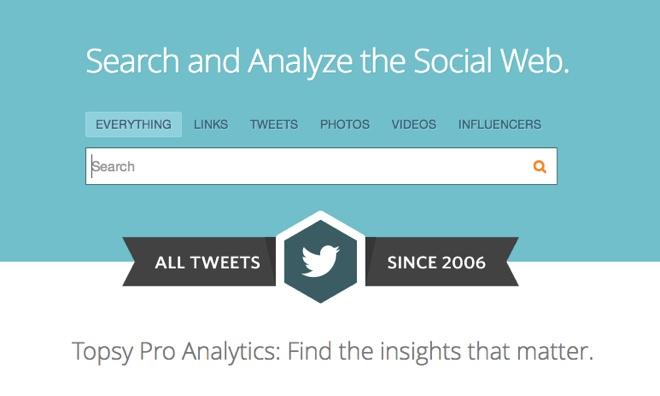
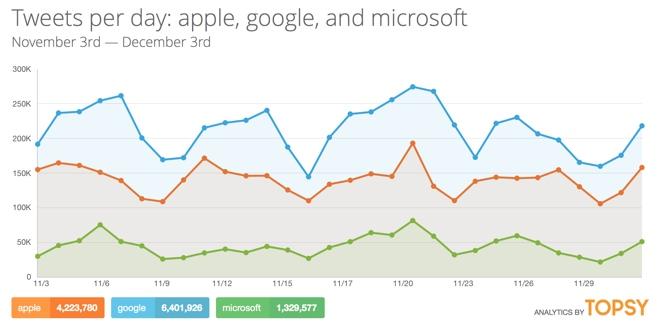
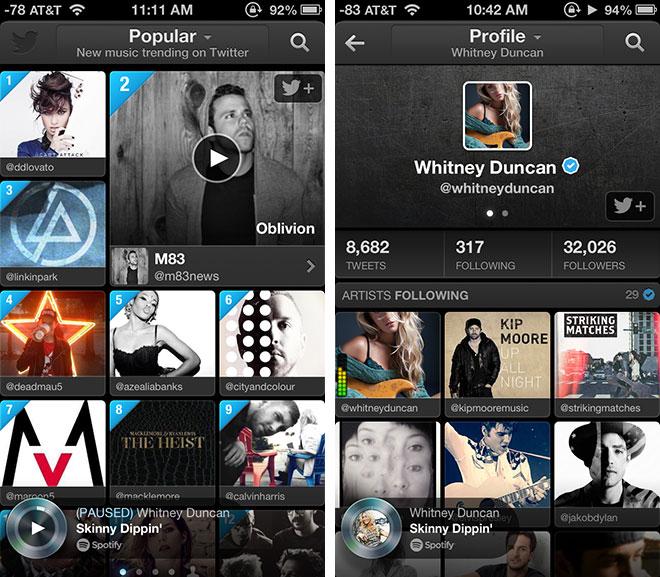
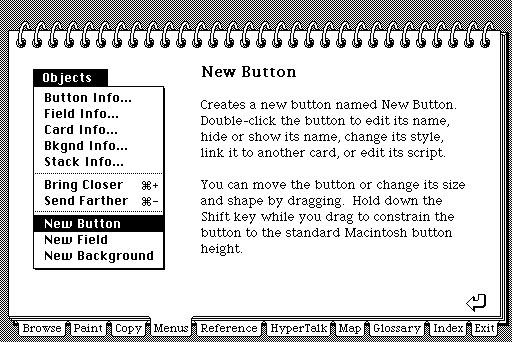
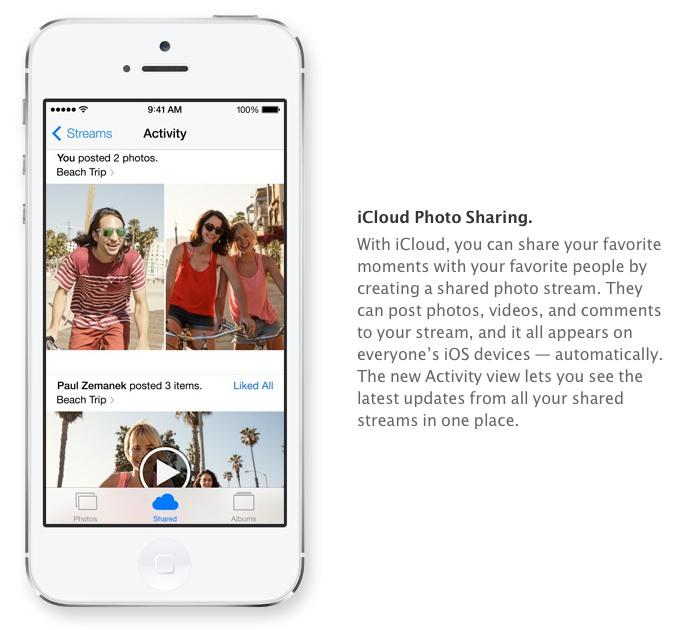
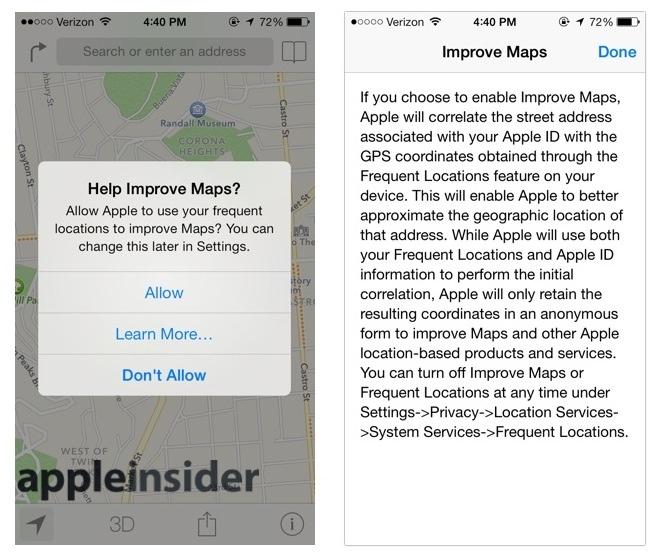







-m.jpg)






 William Gallagher
William Gallagher
 Christine McKee
Christine McKee
 Malcolm Owen
Malcolm Owen
 Marko Zivkovic
Marko Zivkovic

 Andrew Orr
Andrew Orr
 Andrew O'Hara
Andrew O'Hara


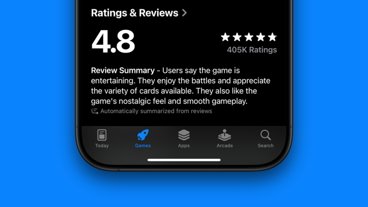


-m.jpg)


7 Comments
Ahhhh. You read my post yesterday. This is AAPL's "CRYSTAL BALL" for real-time consumer opinion and insight. Like....We don't want and will not wear an i-Watch. Or We don't want and will not by a TV sized i-Pad. Any intelligent human being could see the use for this. Problem is financial analysts are not intelligent....they are just greedy and manipulative. LMAO !!!!!!!!!!!!!!!!!!!!
While I leave the bank with a sack of money I can chuckle at the shorts left broke in the alley.
Tomorrows $560's are toast. Premium was $4. Goodbye........................................
The last part of the article is most convincing to me. I don't think Apple is interested in Twitter at all, they just want the big data mining technology this company has developed, for some other purpose. Has anyone looked in to what patents (if any) they have? The new Mac Pro, with it's dual GPUs, would be good for running big data analysis. Maybe a new pro app, the 2010s networked world equivalent of the spreadsheet in the 70s/80s?
@ Michael Suozzi, 3 manic and disjointed posts back-to-back when one would have surfaced, and the odd use of i-watch and i-pad despite it being more than a decade since Apple starting using well worn iDevice nomenclature make you sound nuts. [quote name="ascii" url="/t/161053/apples-topsy-purchase-opens-doors-for-social-media-internal-analytics-tools#post_2443589"]The last part of the article is most convincing to me. I don't think Apple is interested in Twitter at all, they just want the big data mining technology this company has developed, for some other purpose. Has anyone looked in to what patents (if any) they have? The new Mac Pro, with it's dual GPUs, would be good for running big data analysis. Maybe a new pro app, the 2010s networked world equivalent of the spreadsheet in the 70s/80s?[/quote] I don't think it's for Twitter but for the life of me I can't think of a good use for this tech except perhaps on their Siri backend to better crunch all those requests. As an aside, I would like to know what is trending in regards to Siri requests.